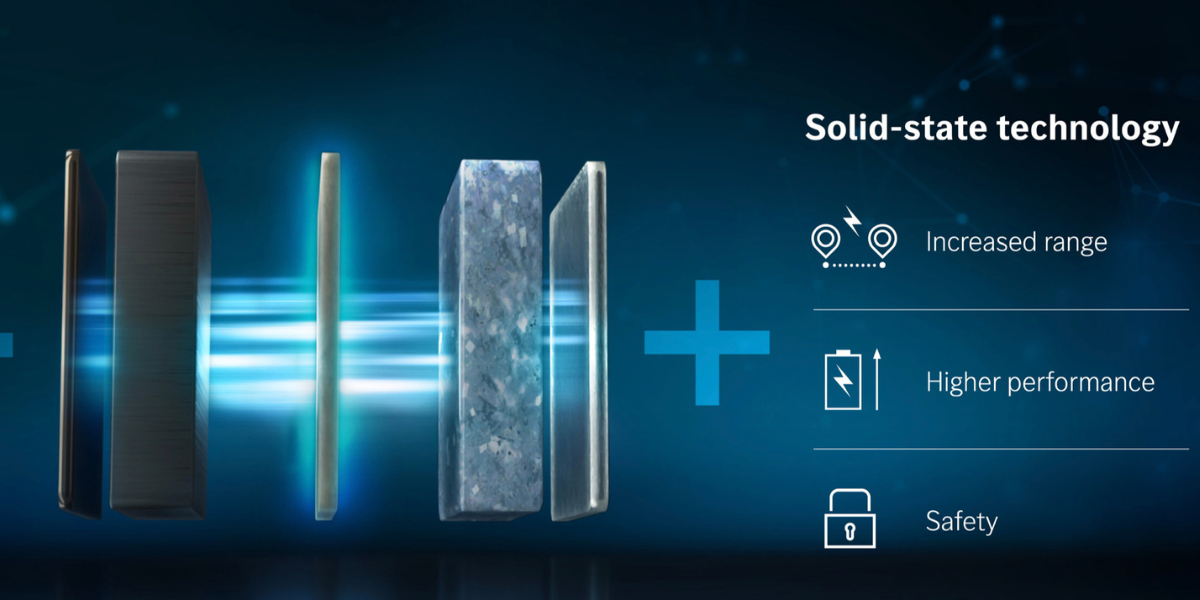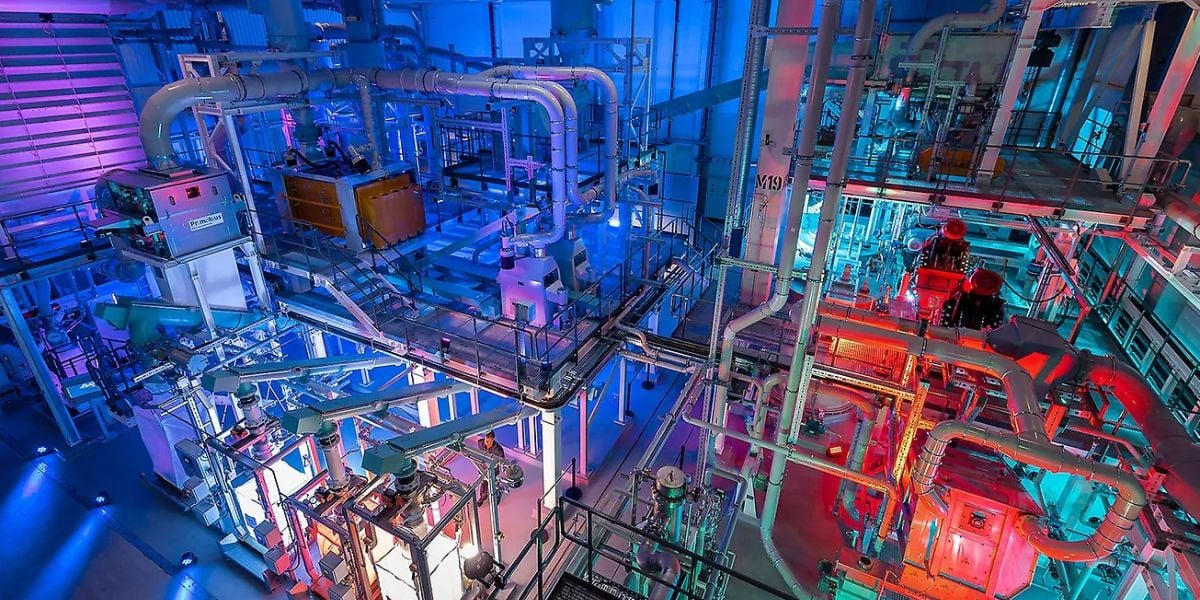Bidirectional charging for electric cars
We talked about this more than two years ago, right here on the pages of rematec.com. With the advent and development of electric cars, charging systems have evolved accordingly, embracing new and more outstanding devices that are spreading worldwide, in order to share and use electric energy in different ways. We’re talking about bidirectional charging systems.
In recent months the momentum behind bidirectional charging—or vehicle-to-everything (V2X) capabilities—has accelerated significantly as automakers, energy companies, and grid operators seek to turn electric vehicles from passive consumers of power into active participants in the energy ecosystem. Across Europe, North America, and Asia the push is on to enable vehicles not only to draw electricity from the grid, but to feed power back either to homes (vehicle-to-home, V2H), to external loads (vehicle-to-load, V2L) or to the grid (vehicle-to-grid, V2G).
The challenge of automakers and energy companies
One of the more striking demonstrations comes from Mercedes-Benz, which has unveiled a research vehicle dubbed ELF (Experimental-Lade-Fahrzeug) that integrates AC and DC bidirectional charging, wireless (inductive) and conductive automated charging, CCS and even megawatt-level connectors to test extreme scenarios. The ELF platform is being used to explore how future EVs might not only recharge themselves but stabilize grid fluctuations, back up household systems, and deliver energy flows intelligently. Mercedes plans to roll out production models with bidirectional capability in markets such as Germany, France and the UK starting in 2026, with the promise of household energy cost savings and more flexible energy management. Around the same time Volkswagen’s energy arm Elli launched a pilot project for private households featuring an 11-kW wall box capable of bidirectional charging, with plans to recruit participants and integrate solar systems, virtual power plant trading and modular software control so that EVs become dynamic storage assets for homes. In the U.S. the Ford F-150 Lightning is already being used in vehicle-to-grid experiments: in Maryland, a fleet of trucks discharged energy to the grid during peak hours via a partnership with utility BGE, with owners compensated for the energy supplied. In parallel, Honda has announced that its upcoming all-Honda EVT (Acura RSX) will support bidirectional home charging, indicating that this feature is migrating beyond niche models. Meanwhile on the hardware side new chargers are materializing: ChargePoint has introduced next-gen L2 chargers rated for 90 amps and 19.2 kW which support bidirectional flow, promising to double charging speed while enabling V2H/V2G applications in residential, fleet or multifamily settings. Enphase is preparing to launch an “IQ Bidirectional EV Charger” globally by late 2026, further expanding the charger ecosystem. Regulation and electric utility policy are also beginning to catch up: Maryland adopted a new interconnection rule that formally supports V2G systems, giving manufacturers and utilities clearer pathways for deployment, while in places like Australia new standards for V2G have been approved in 2025, clearing the way for broader adoption. One interesting deployment is in the Netherlands, where MyWheels, a car-sharing operator, is integrating five hundred Renault EVs equipped with grid-connectable (V2G) capabilities—essentially turning the shared fleet into a local distributed energy resource.
Market forecasts
On the market side forecasts show dramatic growth: the bidirectional charging market is projected to surge from some $70 million in 2025 to over $844 million by 2035. the analytical front researchers are quantifying the benefits: one recent paper models integrated vehicle-home-grid optimization using neural network load forecasting and battery aging models, showing annual economic gains of several thousand euros even accounting for moderate battery degradation. Another modelling study, examining Germany, finds that if 30–50 percent of EVs in a fleet support bidirectional charging, grid system costs fall below those of even a fully smart-charging fleet without bidirectionality, because V2G’s flexibility offsets demand peaks.
It’s very good, but there’s still something to improve
Nonetheless challenges remain: battery degradation under bidirectional cycling, ensuring standards interoperability across automakers and charger makers, regulatory barriers in many jurisdictions, the cost and complexity of bidirectional inverters and control systems, and consumer acceptance of using their vehicle battery as a grid asset. Field trials have shown that residential bidirectional chargers paired with vehicles like the Nissan Leaf can respond within 6–8 seconds to signals and operate with over 99 percent accuracy in dispatching energy for load following and demand response. As the technology and deployment mature, the vision is that EVs will no longer be passive loads on the grid but distributed storage nodes that provide resilience to power networks, new revenue streams for owners, and deeper integration of renewables.



